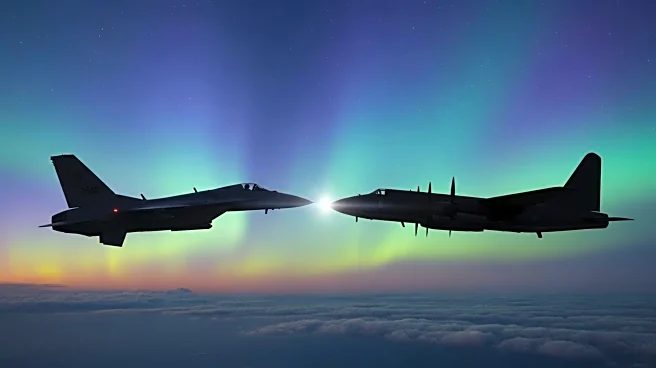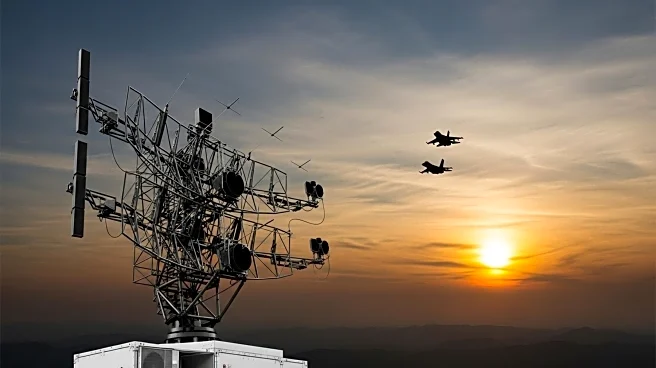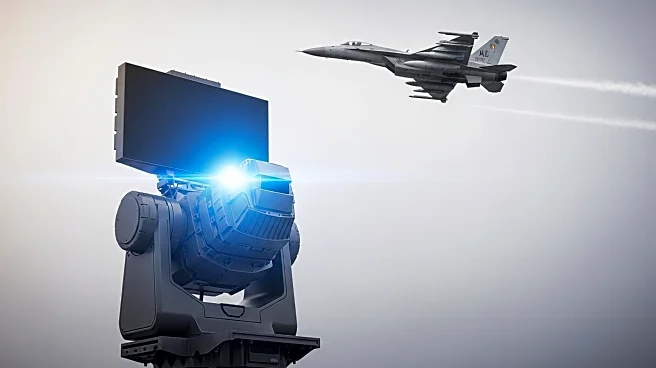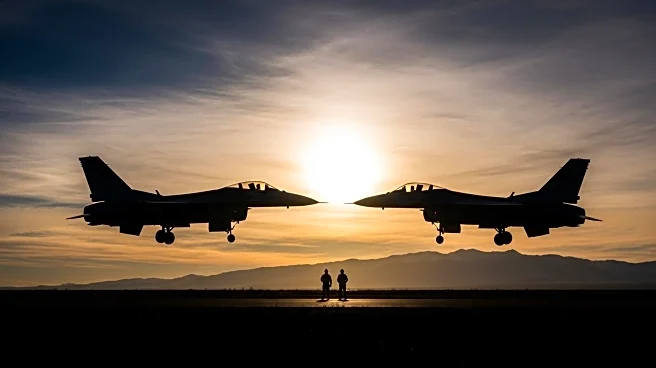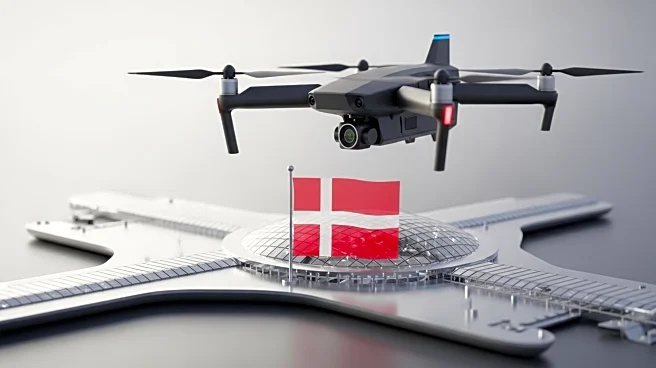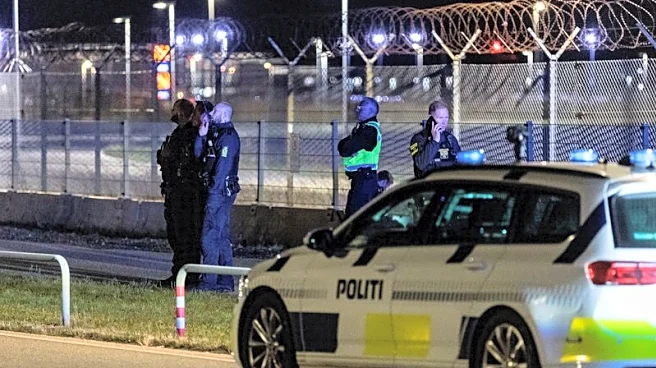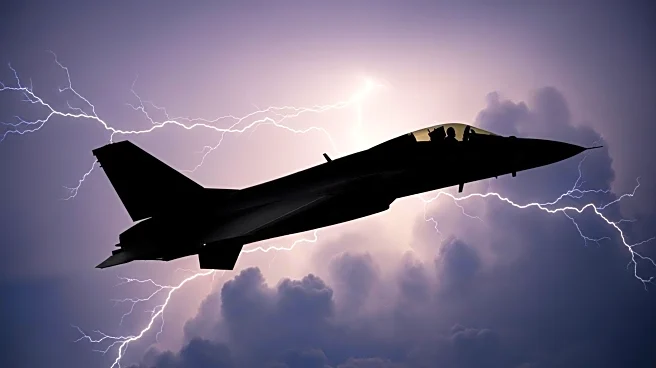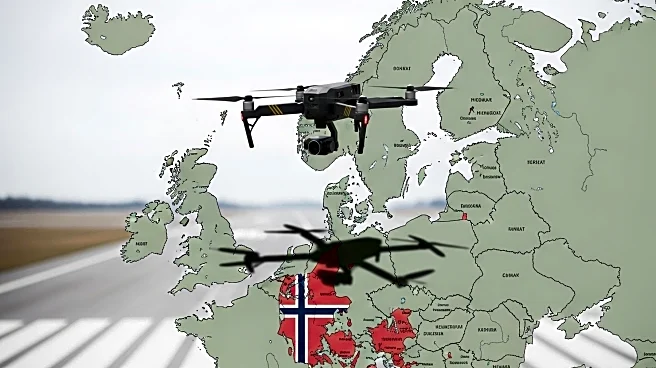What's Happening?
The North American Aerospace Defense Command (NORAD) scrambled U.S. fighter jets to intercept four Russian warplanes flying near Alaska on Wednesday. The Russian aircraft, consisting of two Tu-95 bombers and two Su-35 fighter jets, were detected in the Alaskan Air Defense Identification Zone (ADIZ), which is international airspace adjacent to U.S. and Canadian sovereign airspace. NORAD deployed an E-3 Sentry surveillance plane, four F-16 Fighting Falcons, and four KC-135 aerial tankers to identify and intercept the Russian planes. This incident marks the third such occurrence in a month and the ninth this year, highlighting a pattern of Russian military activity in the region.
Why It's Important?
The repeated presence of Russian military aircraft near Alaska underscores ongoing geopolitical tensions between Russia and NATO countries. While NORAD states that such activities are not considered a direct threat, they are perceived as tests of U.S. and NATO readiness. The incidents occur amid heightened alert in Europe, where Russian drones and aircraft have breached NATO airspace, prompting security concerns. These developments could influence U.S. defense policies and NATO's strategic posture, potentially leading to increased military readiness and diplomatic engagements to address the provocations.
What's Next?
The U.S. and its NATO allies are likely to remain vigilant, monitoring Russian military movements closely. Future incidents could prompt discussions on enhancing air defense capabilities and revisiting engagement protocols with Russia. Diplomatic channels may be utilized to address these provocations, while military strategies could be adjusted to ensure rapid response capabilities. The situation may also influence broader U.S.-Russia relations, impacting negotiations on arms control and regional security.

